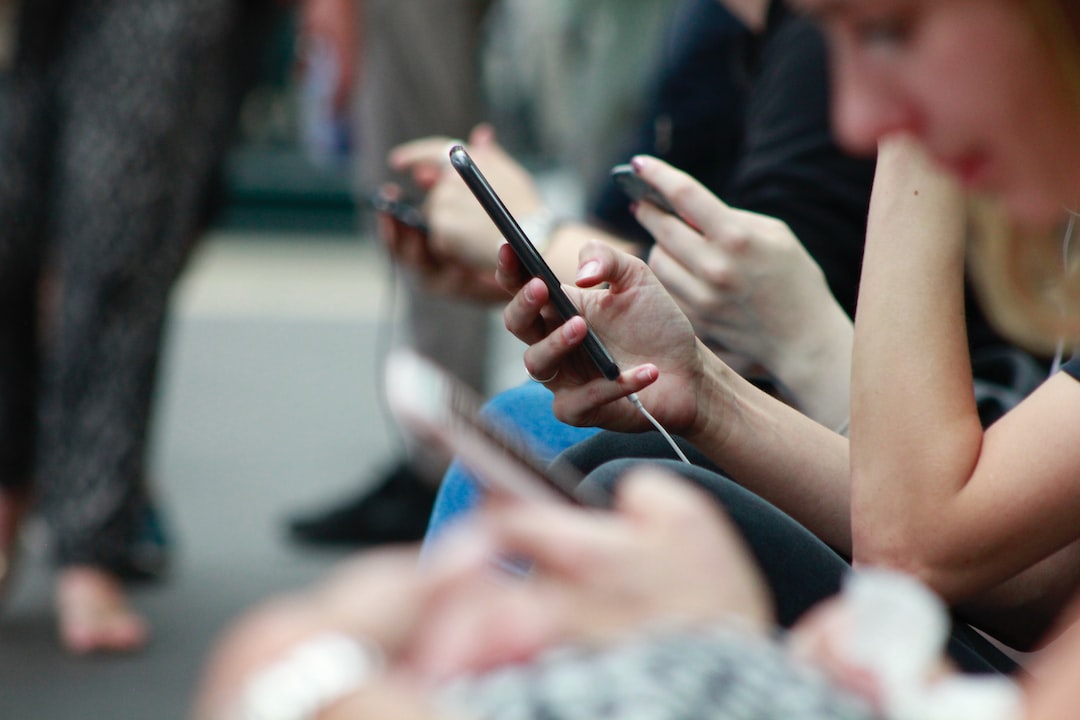The Power of Memes: How They Shape Contemporary Discourse
In the digital age, where communication happens at lightning speed, memes have emerged as a powerful tool for shaping contemporary discourse. These viral images, videos, or text snippets, often funny or cleverly crafted, have the ability to spread rapidly and influence public opinion. Memes have transcended their initial purpose of entertainment, becoming an essential component of political, social, and cultural discourse. This phenomenon can be attributed to their ability to condense complex ideas and emotions into easily digestible and relatable forms.
One of the reasons memes hold such power in shaping contemporary discourse is their ability to encapsulate complex ideas in a visually appealing and concise manner. In a fast-paced world where attention spans are increasingly shorter, memes provide a vehicle for communicating intricate concepts to a wide audience. The combination of a compelling image with clever text can make even the most intricate subjects understandable and relatable. This simplification of ideas through memes allows for mass dissemination of information, making them an effective tool for raising awareness and engaging in discussions on various topics.
Additionally, memes have the potential to bridge the gap between the online and offline worlds. While initially confined to online platforms, memes have now become a prevalent part of popular culture, extending their influence beyond digital spaces. Memes often transfer from the internet realm to real-life conversations, allowing individuals to connect through shared experiences and references. This integration of memes into offline conversations can contribute to shaping contemporary discourse by introducing new perspectives and ideas to individuals who may not be as active in online communities.
Moreover, memes possess the unique ability to elicit emotions and provoke reactions. Through humor, irony, or satire, memes can tap into human emotions, creating a powerful medium for engaging individuals in discussions. Memes can challenge societal norms, critique political ideologies, or highlight social injustices, all the while using comedy as a vehicle for their message. This combination of humor and social commentary allows memes to penetrate a variety of audiences, regardless of their pre-existing beliefs or opinions. Consequently, memes have the potential to influence public sentiment, challenge dominant narratives, and provoke critical thinking.
Furthermore, memes have proven to be particularly effective in engaging younger generations and transcending cultural and language barriers. As digital natives, younger individuals are more likely to encounter memes regularly and have a deep understanding of their cultural context. Memes are often shared through social media platforms, which are widely used by younger demographics. This widespread consumption of memes among young people makes them a potent tool for mobilizing activism, sparking conversations, and shaping contemporary discourse. Additionally, memes have the ability to transcend language barriers by relying on visual and often universal humor. They can travel across cultures and spread globally, fostering a shared understanding of various issues and societal trends.
However, the power of memes can also be a double-edged sword. Given their ease of creation and accessibility, memes can be used to spread misinformation or reinforce harmful stereotypes. The viral nature of memes allows potentially false or misleading information to reach a massive audience within minutes. This calls for critical media literacy and responsible meme-sharing practices to ensure the accurate dissemination of information. Additionally, memes have the potential to trivialize important issues by reducing them to a joke. The line between humorous satire and offensive content can be blurry, and care must be taken to avoid perpetuating harmful stereotypes or undermining serious conversations.
In conclusion, the power of memes in shaping contemporary discourse cannot be overstated. They have revolutionized the way ideas are communicated, providing a concise and relatable format for complex topics. Memes bridge the gap between online and offline worlds, eliciting emotions, and engaging individuals from all walks of life. However, their influence should be wielded responsibly, with an awareness of the potential for misinformation and harm. Memes have the power to challenge dominant narratives, foster critical thinking, and mobilize activism. As memes evolve and continue to shape contemporary discourse, society must navigate the delicate balance between their entertainment value and their potential impact on society.

